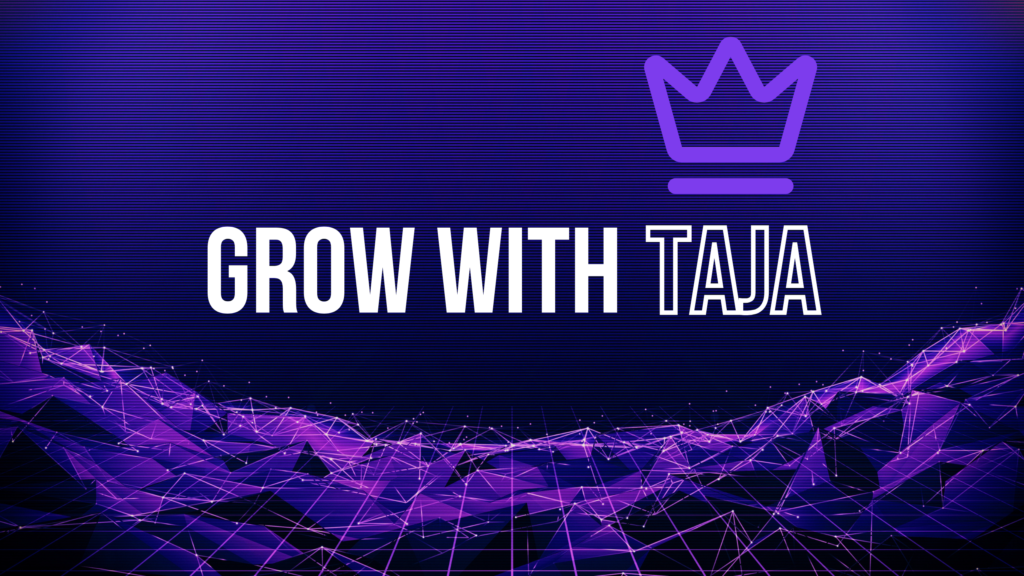Optimization AI Data Mining
Optimization AI Data Mining combines the fields of data science, data mining and machine learning to optimize the process of extracting new data from a dataset. By utilizing ai powered capabilities such as neural network and deep learning, data scientists can cluster and analyze data more efficiently than ever before. This approach goes beyond traditional data mining techniques and instead focuses on improving data mining models through data integration and advanced data mining optimization methods.
Using machine learning algorithms, data mining’s optimization method allows for the improve your data mining by automatically adapting to the amount of data being processed. This flexibility is crucial in today’s era of big data, where the sheer volume of information can overwhelm traditional data mining tools. With data preparation and data mining process optimized through machine learning models, businesses can extract valuable insights from their data more quickly and accurately.
Moreover, data mining optimization can also benefit from reinforcement learning techniques, which enable ai systems to learn and improve their performance over time. By continuously refining their algorithms based on feedback from training data, these systems can adapt to changing data sets and make more informed decisions. This iterative approach to data mining ensures that organizations are always leveraging the most up-to-date and relevant information available.
What is Data Mining?
Data mining involves the process of scrutinizing large data sets to uncover patterns, trends, and insights that can be utilized to make informed decisions. By employing various algorithms and statistical techniques, organizations can extract valuable information from their data that may not be discernible through conventional analysis methods. Data mining finds applications across various industries like healthcare, finance, retail, and more, enabling the discovery of hidden patterns and relationships within the data.
read about Optimization AI data modeling
Importance of Data Mining
- Enables businesses to identify trends and patterns for making strategic decisions
- Helps in predicting future trends and behaviors based on past data
- Assists in segmenting customers for targeted marketing campaigns
The Role of AI in Data Mining
Artificial intelligence plays a pivotal role in data mining by automating the process of data analysis and interpretation. AI algorithms have the capability to swiftly and efficiently sift through massive volumes of data, identifying patterns and trends that may elude human observation. Machine learning algorithms, a subset of AI, can further enhance their performance over time by learning from the data, making them indispensable tools for data mining tasks.
Benefits of AI in Data Mining
- Facilitates quick and accurate decision-making based on real-time insights
- Reduces operational costs by identifying inefficiencies and cost-saving opportunities
- Enhances customer experience by personalizing offerings and improving satisfaction levels
Benefits of Optimization AI Data Mining
- Improved Decision-Making: Leveraging optimization AI data mining techniques enables organizations to base their decisions on real-time insights and predictions.
- Cost Reduction: Data mining helps in identifying inefficiencies and cost-saving opportunities, leading to reduced operational expenses and increased profitability.
- Enhanced Customer Experience: By analyzing customer data, organizations can personalize their offerings, thereby enhancing customer satisfaction and loyalty.
- Risk Mitigation: Data mining aids in identifying potential risks and threats, allowing proactive measures to be taken for mitigation.
- Competitive Advantage: Organizations utilizing AI data mining can gain a competitive edge by uncovering insights and opportunities that their competitors may overlook.
How to Implement Optimization AI Data Mining
- Define Objectives: Clearly outline the goals and objectives of the data mining project to ensure alignment with organizational priorities.
- Data Collection: Gather relevant data from various sources, including internal databases and third-party providers.
- Data Preprocessing: Clean and prepare the data by handling missing values, removing outliers, and standardizing variables.
- Model Selection: Choose appropriate AI algorithms based on data nature and project objectives.
- Model Training: Train selected models using historical data to learn patterns and relationships.
- Model Evaluation: Assess model performance using metrics like accuracy, precision, and recall.
- Deployment: Implement models in a production environment for generating real-time insights and predictions.
In conclusion, optimization AI data mining is a potent tool that can assist organizations in uncovering valuable insights from their data. By leveraging AI algorithms and data mining techniques, businesses can gain a deeper understanding of their data, leading to improved decision-making, cost reduction, and competitive advantage. This can unlock hidden opportunities for growth and innovation, propelling businesses towards success.
FAQ
What is data mining?
Data mining is the process of analyzing large data sets to identify patterns, trends, and insights that can be used to make informed decisions.
What is the role of AI in data mining?
Artificial intelligence plays a crucial role in data mining by automating the process of analyzing and interpreting data, helping to identify patterns and trends efficiently.
What are the benefits of optimization AI data mining?
Some benefits of optimization AI data mining include improved decision-making, cost reduction, enhanced customer experience, risk mitigation, and gaining a competitive advantage.
How can organizations implement optimization AI data mining?
Organizations can implement optimization AI data mining by first defining their objectives clearly and outlining the goals they aim to achieve through the process.


